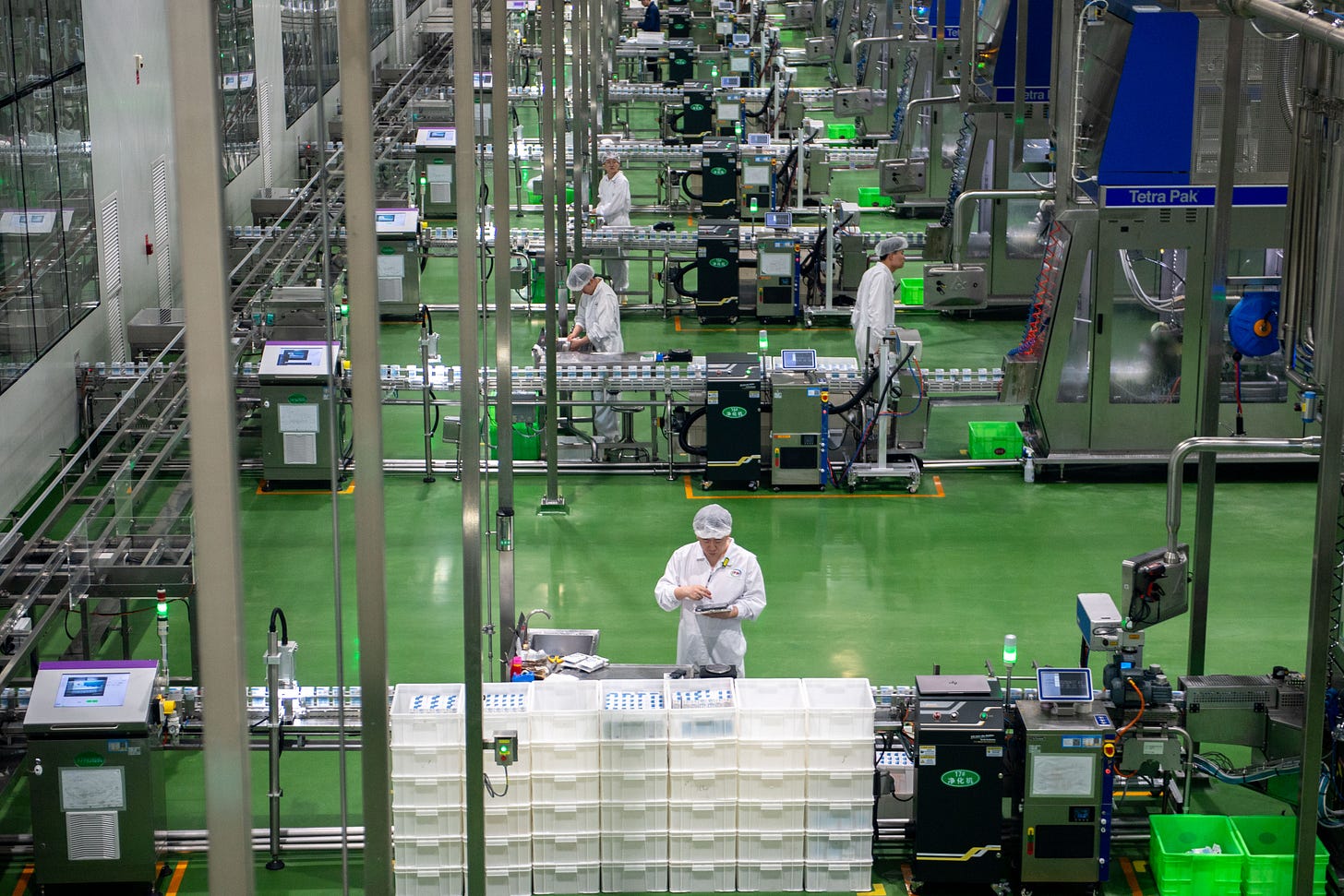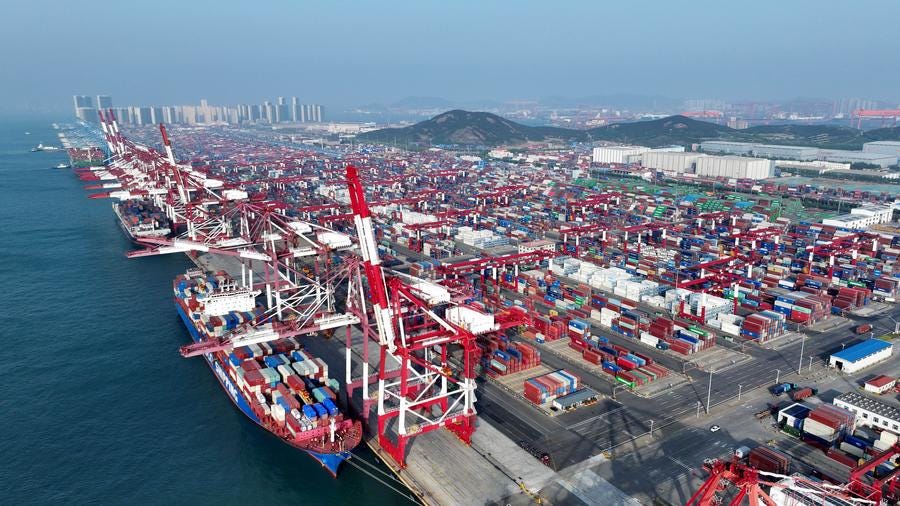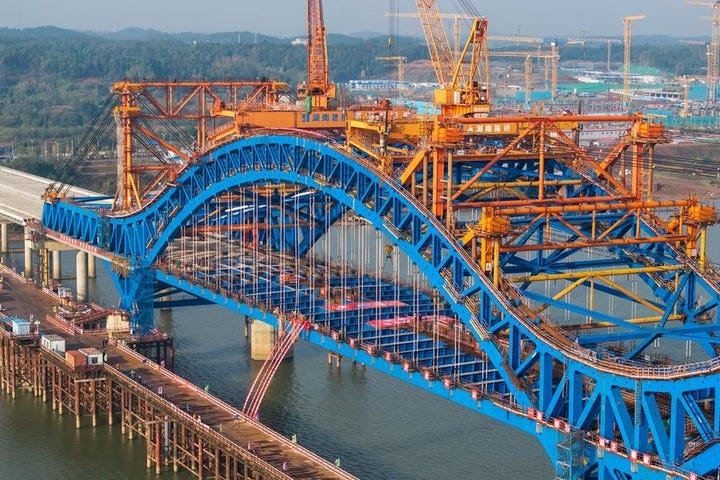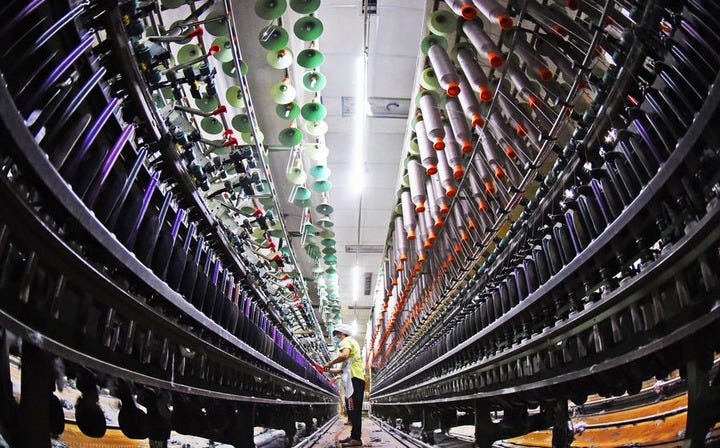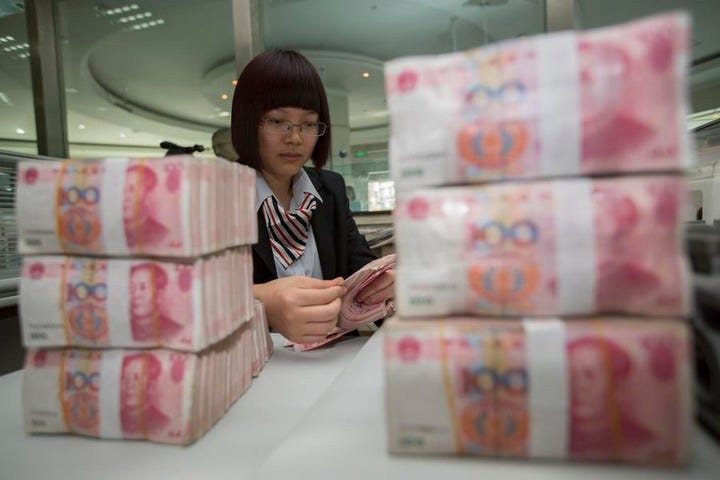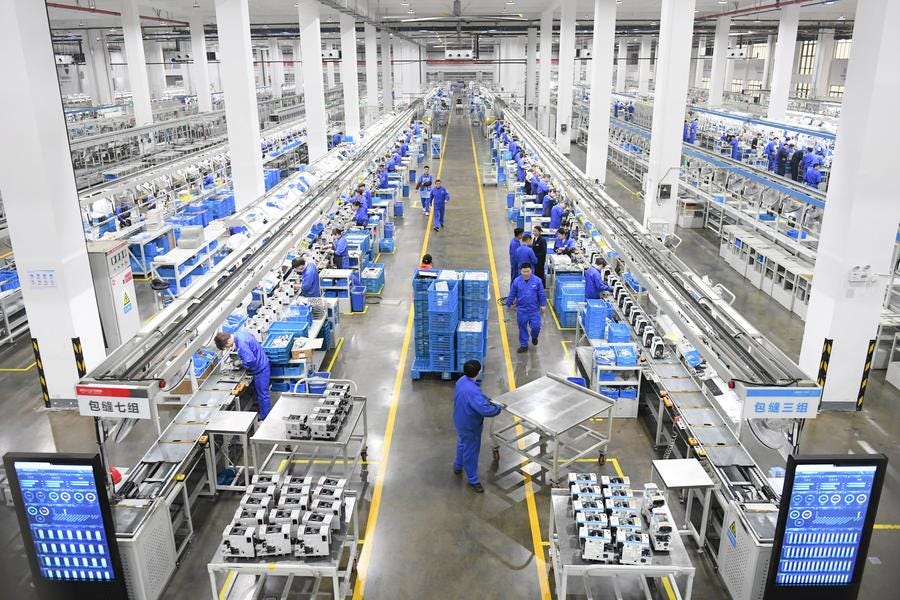Must-Read China Economic News (May 16-22)
China's private sector promotion law comes into effect; China, ASEAN complete talks on CAFTA 3.0 upgrade; China's economy maintains stable growth in April...
Greetings and welcome to the latest edition of Peking Ensight! We're thrilled to have you join us once again as we navigate the ever-evolving landscape of the Chinese economy.
⭐Under the Spotlight
China's landmark law on private sector takes effect
China's first fundamental law dedicated to promoting the private sector came into effect on May 20, strengthening legal protections and injecting fresh momentum into a key driver of the world's second-largest economy.
The Private Sector Promotion Law, passed in late April, aims to optimize the development environment for the sector, ensure fair market competition, and promote the growth of both the private economy and private entrepreneurs.
It clearly states that the private sector is "an important part of the socialist market economy," and promoting its sustained, healthy and high-quality development is a significant and long-term policy.
This legislation marks a milestone in the development of the sector, which contributes more than 60 percent of China's GDP.
From ensuring fair market access and financing support to enhancing services and protection of original innovation, the 78-article law cements efforts to encourage, support and guide the growth of the private sector.
China, ASEAN fully complete negotiations on CAFTA 3.0 upgrade
China and 10 ASEAN countries have fully completed negotiations on the Version 3.0 China-ASEAN Free Trade Area (CAFTA), a milestone in bilateral trade cooperation that will inject greater momentum and stability into the world economy.
The achievement was announced during a special online meeting of economic and trade ministers from China and ASEAN on May 20, according to China's Ministry of Commerce.
CAFTA 3.0 will send a strong signal in support of free trade and open cooperation, said the ministry, noting that the agreement will inject greater certainty into regional and global trade, and serve as a model for openness, inclusiveness and win-win cooperation.
Launched in 2010, the CAFTA, the world's largest free trade zone among developing countries, has undergone continuous upgrades, with its Version 2.0 agreement signed in 2015 and coming into effect in 2019.
With negotiations for CAFTA 3.0 now concluded, both parties will strive to formally sign the CAFTA 3.0 upgrade protocol before the end of this year, the ministry revealed.
⭐Key Macroeconomic Indicators
China's economy withstood pressure and maintained stable growth in April, continuing on a path of positive development amid internal challenges and increasing external shocks, an official of the National Bureau of Statistics (NBS) said on May 19.
China's retail sales up 5.1 pct in April
China's retail sales of consumer goods, a major indicator of the country's consumption strength, expanded 5.1 percent year on year in April, official data showed.
Driven by the government's consumer goods trade-in program, sales of home appliances and audio equipment surged by 38.8 percent last month, and sales of cultural and office goods jumped by 33.5 percent.
"In April, the combined retail sales of consumer goods related to trade-ins, including household appliances and audio-visual equipment, cultural and office supplies, furniture, communication equipment, and building and decoration materials, contributed to a 1.4 percentage point increase in the total retail sales of consumer goods," NBS spokesperson Fu Linghui said at a press conference.
From January to April, the retail sales of consumer goods rose 4.7 percent year on year, accelerating from the 4.6-percent growth in the first three months, according to the NBS.
China's fixed-asset investment up 4 pct in Jan-April
China's fixed-asset investment went up 4 percent year on year in the first four months of 2025, official data showed.
Excluding the property sector, the country's fixed-asset investment grew 8 percent year on year during this period, according to the National Bureau of Statistics.
Infrastructure investment rose 5.8 percent year on year, while manufacturing investment increased 8.8 percent.
In the high-tech sector, investment in information services surged 40.6 percent, while computer and office equipment manufacturing investment increased 28.9 percent. Investment in aviation, spacecraft and equipment manufacturing grew 23.9 percent, and professional technical services investment rose 17.6 percent.
China's industrial output up 6.1 pct in April
China's value-added industrial output expanded 6.1 percent year on year in April, official data showed.
The manufacturing sector saw its value-added output climb 6.6 percent year on year last month, with that of equipment manufacturing and high-tech manufacturing up by 9.8 percent and 10 percent, respectively, according to the official data.
In the first four months of this year, the country's industrial output gained 6.4 percent compared to a year ago, the data showed.
With effective policy support, the industrial sector has maintained relatively rapid expansion this year, making solid progress in high-end, intelligent and green transformation, NBS spokesperson Fu Linghui told a press conference.
⭐ Policy Moves Much Talked About
China cuts market-based benchmark lending rates
China's market-based benchmark lending rates declined on May 20 in the latest sign that the authorities are ramping up efforts to bolster economic momentum.
The one-year loan prime rate (LPR) went down to 3 percent from the previous reading of 3.1 percent, while the over-five-year LPR, on which many lenders base their mortgage rates, was lowered to 3.5 percent from 3.6 percent, according to the National Interbank Funding Center.
The LPR decline -- the first this year -- is expected to further reduce the borrowing costs of businesses and individuals, improve market confidence, and support the steady growth of the real economy.
Analysts said the lowered interest rates sent a clear signal that China is resolved to stabilize the market and expectations amid global uncertainties.
LPRs are used to price a wide range of lending rates, from consumer loans to business loans and mortgages. Lower rates will ease the burden on borrowers, leading to more investment and consumption.
Compiled by Qiao Han





